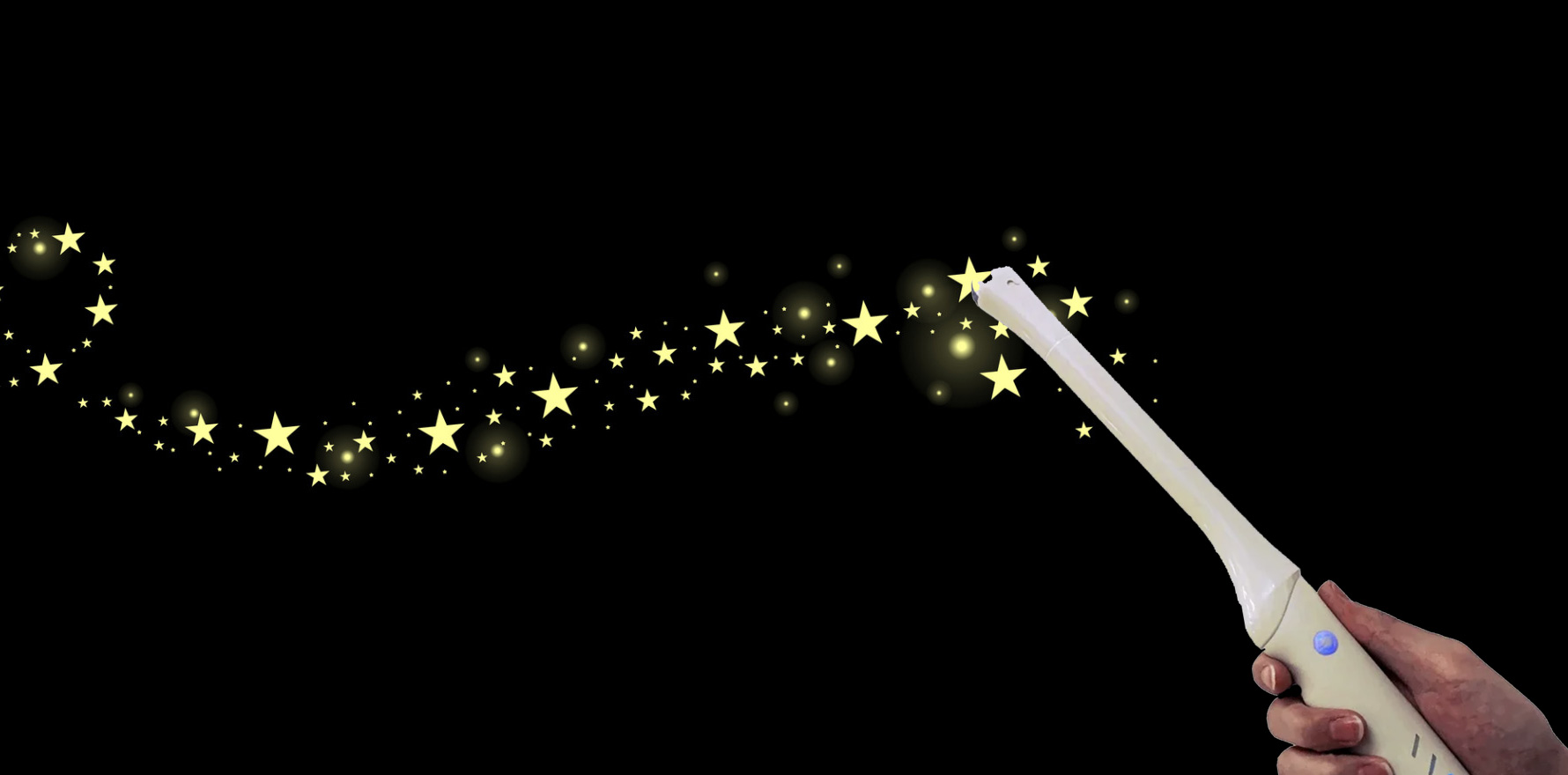They conduct some of the most invasive procedures in medicine, all while largely unregulated.
Two years after their last attempt, sonographers are trying once more to be added to the list of imaging professions regulated by AHPRA, with a recent survey showing public trust plummets when patients learn the person wielding the transvaginal wand may be completely unregulated.
While a quarter of sonographers are also radiographers and therefore regulated by the Medical Radiation Practice Board of Australia under the AHPRA umbrella, the rest are guided by a national code of conduct for unregulated health professions, in some states and territories.
The Australasian Sonographers Association (ASA) recently commissioned a nationally representative online survey to understand the impact of the profession’s lack of regulation on public trust and confidence.
Those surveyed almost universally (97%) believed ultrasounds were an important diagnostic tool, with 71% believing the skills and experience of the sonographer were important to the outcome of the ultrasound.
However, 70% believed sonographers were regulated before taking the survey. Ninety-six percent believed they should be regulated (up 8% since 2019) and 76% were concerned that they are not.
Before respondents knew sonographers were unregulated, 50% reported very high trust in the profession. Once they were informed about the lack of regulation, however, that dropped to just 23%, with 44% saying their trust in the health system as a whole dropped after learning sonographers were unregulated.
The big hurdle for the profession in gaining entry into the AHPRA stable remains catching the attention of the nation’s health ministers, who must agree the profession needs regulating before a regulatory impact assessment can be carried out.
Persuading all nine ministers to agree means getting the issue on to the agenda of the next Health Ministers’ Meeting, and that requires a minister or chief health executive to sponsor the sonographers’ submission.
In 2021, after negotiating with then health minister Greg Hunt, the group’s submission failed to find a sponsor and was rejected by the federal Department of Health, who requested it be made “more robust”.
Two years down the track, sonographers are ready to try again, with a revamped submission seeking a sponsor.
“Ultrasound is operator-dependent,” said Jodie Long, CEO of the ASA. “The sonographer is scanning in real time trying to determine what is normal and what is abnormal. The responsibility is on the sonographer to pick up something is abnormal, and then take representative pictures of it.
“There is quite a substantial amount of trust between the reporting doctor and the sonographer, which is why we have the backing of the AMA, RANZCOG and RANZCR,” Ms Long told TMR.
“They are so reliant on the sonographer being held to a higher account.”
The new submission has been prepared by a working group consisting of the ASA, the Australasian Society for Ultrasound in Medicine, the Australian Sonographer Accreditation Registry (ASAR) and Jenny Parkes, the senior sonographer representative.
The submission lists the “risks of harm to the public health and safety” of being unregulated as:
- delayed treatment, more advanced and complex medical conditions, additional costs, unnecessary surgery or treatment, reduced quality of life, significant physical and emotional harm, and ultimately death due to missed or misdiagnosis;
- personal injury, harm or patient distress from misuse of the transducer (or probe) and other failures in professional practice; physical harm and immediate and ongoing emotional harm due to unprofessional behaviour, including inappropriate, unethical or illegal conduct;
- the risk of death or significant physical and emotional harm from a failure to act appropriately, such as providing timely and appropriate communication of urgent or unexpected findings;
- avoidable infection of individuals and between patients and the public from a failure to follow infection control standards and procedures; and,
- immediate and lifelong injury and disability caused by biological effects due to misuse of the technology.
“Currently there are no nationally enforceable standards of practice that set the minimum expectations of ultrasound examinations performed by Australian sonographers, putting the public’s health and safety at risk,” says the submission.
“The only existing system that comes close to providing an effective system of public protection is the regulation system and the processes administered by the National Registration and Accreditation Scheme Medical Radiation Practice Board of Australia – however, this only applies to the 24.5% of sonographers who are also registered medical radiation practitioners.”
The National Code of Conduct for Health Care Workers does not cover the activities of sonographers, self-regulation is a non-starter, and credentialling organisations such as the ASAR and the Australian Society of Medical Imaging and Radiation Therapy do not have regulatory functions, nor do they take complaints.
“We’ve spoken to every jurisdiction,” Ms Long told TMR. “We’ve spoken to health ministers and to chief health executives. They are all sympathetic to our need.
“The issue now is making it a priority for them. That’s where we’re at – this needs to be made a priority, by putting it on to the Health Ministers’ Meeting agenda, because there are over 11 million ultrasounds performed by sonographers in Australia every year.”




